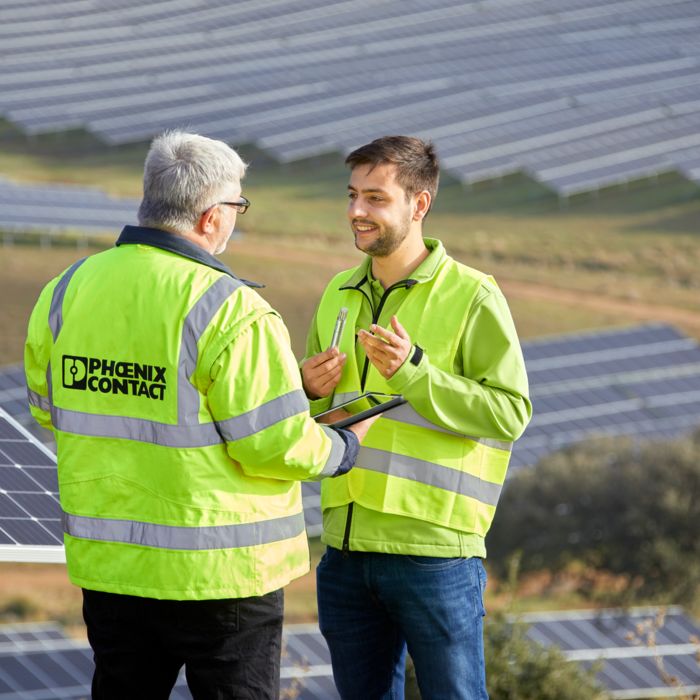
We ensure proximity to customers and partners through an international network of sales subsidiaries. At all our locations, our employees are working with a passion for technology and innovation on driving forward toward a sustainable world for everyone. This international presence means that Phoenix Contact DC Combiner Boxes are available globally and with short lead times.






















